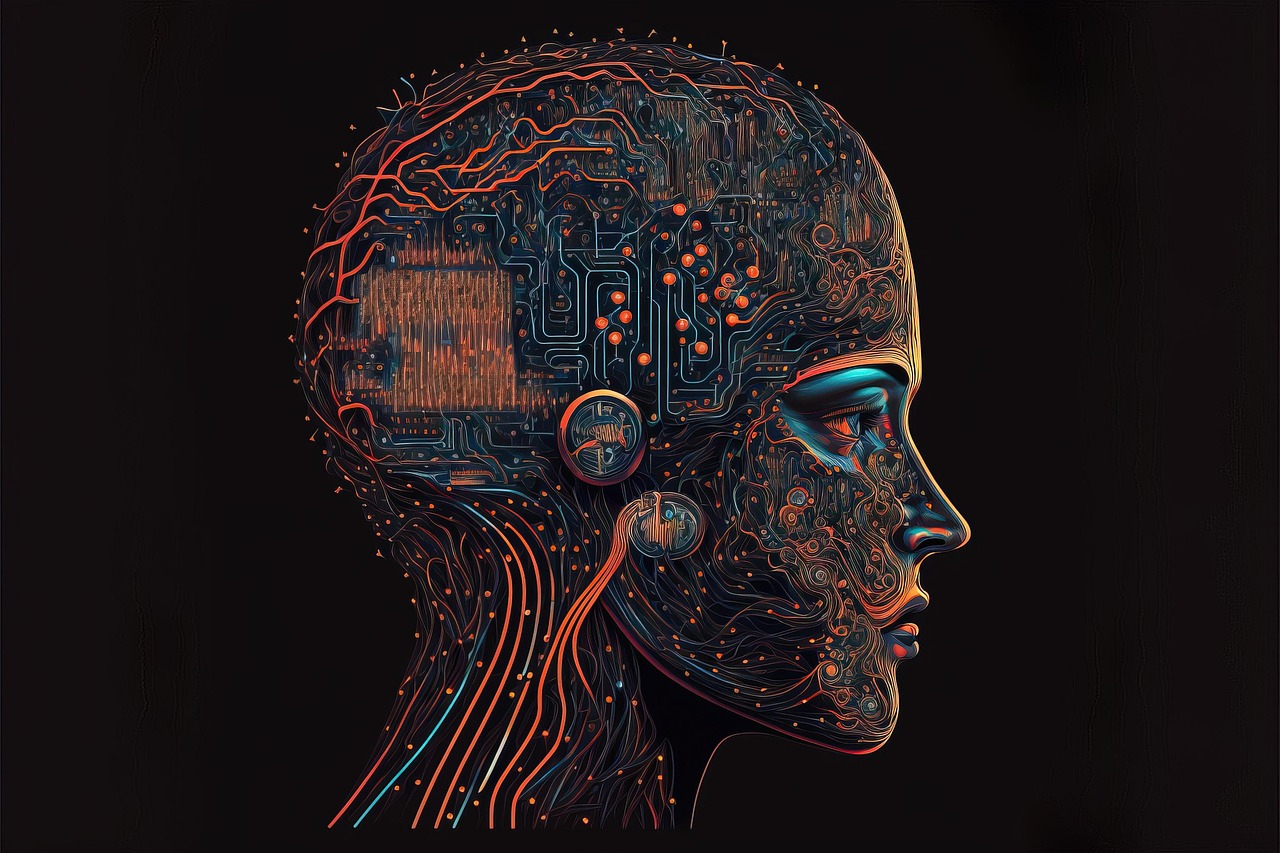The relentless evolution of e-commerce demands constant innovation, and Artificial Intelligence (AI) has emerged as a game-changing force. From personalized recommendations to streamlined logistics, AI is revolutionizing how businesses operate and how consumers shop online. This article delves into the multifaceted applications of AI in e-commerce, exploring its benefits, implementation strategies, and future potential for shaping the digital marketplace.
AI-Powered Personalization: Tailoring the Customer Experience
Understanding Customer Preferences Through Data Analysis
AI excels at analyzing vast datasets to understand individual customer preferences. By tracking browsing history, purchase patterns, and even social media activity, AI algorithms can build detailed profiles of each shopper. This data-driven understanding enables e-commerce businesses to deliver highly personalized experiences.
- Example: Amazon’s recommendation engine analyzes past purchases and browsing behavior to suggest relevant products, significantly increasing sales and customer satisfaction.
- Actionable Takeaway: Implement an AI-powered recommendation engine to suggest relevant products or content based on customer behavior.
Personalized Product Recommendations
The ability to personalize product recommendations is one of the most significant advantages of AI in e-commerce. By understanding individual customer needs and preferences, businesses can offer targeted suggestions that are more likely to result in a purchase.
- Example: Netflix personalizes movie and TV show recommendations based on viewing history, leading to increased engagement and subscription retention. E-commerce sites can adopt similar strategies for product recommendations.
- Actionable Takeaway: Use AI to personalize product suggestions based on browsing history, purchase history, and demographic data. A/B test different recommendation strategies to optimize for conversions.
Dynamic Pricing and Promotions
AI can also be used to optimize pricing and promotions based on real-time market conditions and customer demand. By analyzing competitor pricing, inventory levels, and other factors, AI algorithms can dynamically adjust prices to maximize revenue and profitability.
- Example: Airlines and hotels use dynamic pricing algorithms to adjust prices based on demand, time of year, and other factors. E-commerce businesses can use similar strategies to optimize pricing for individual products.
- Actionable Takeaway: Implement dynamic pricing strategies using AI to adjust prices based on real-time market conditions and customer demand.
AI-Driven Chatbots and Customer Service
Enhanced Customer Support
AI-powered chatbots are transforming customer service in e-commerce by providing instant and personalized support to customers 24/7. These chatbots can answer common questions, resolve simple issues, and even provide product recommendations.
- Example: Many e-commerce websites use chatbots to answer FAQs, assist with order tracking, and provide basic customer support. This frees up human agents to focus on more complex issues.
- Actionable Takeaway: Deploy AI-powered chatbots to handle common customer inquiries and provide 24/7 support. Train the chatbot on a comprehensive knowledge base to ensure accurate and helpful responses.
Improved Response Times and Efficiency
AI chatbots can significantly improve response times and efficiency in customer service. By automating routine tasks, chatbots free up human agents to focus on more complex issues, reducing wait times and improving overall customer satisfaction.
- Data Point: Studies show that chatbots can reduce customer service costs by up to 30% while improving customer satisfaction scores.
- Actionable Takeaway: Integrate AI chatbots into your customer service workflow to automate routine tasks and improve response times.
Personalized Customer Interactions
AI chatbots can personalize customer interactions by accessing customer data and tailoring responses to individual needs. This level of personalization can lead to increased customer engagement and loyalty.
- Example: A chatbot can greet a returning customer by name and provide personalized product recommendations based on their past purchases.
- Actionable Takeaway: Train your chatbot to access customer data and personalize interactions based on individual preferences and needs.
Streamlining E-commerce Operations with AI
Inventory Management and Forecasting
AI can optimize inventory management by accurately forecasting demand and automating inventory replenishment. By analyzing historical sales data, seasonal trends, and other factors, AI algorithms can predict future demand and ensure that businesses have the right products in stock at the right time.
- Example: Walmart uses AI to forecast demand and optimize inventory levels, reducing stockouts and minimizing waste.
- Actionable Takeaway: Implement AI-powered inventory management systems to optimize stock levels, reduce stockouts, and minimize waste.
Fraud Detection and Prevention
AI can detect and prevent fraudulent transactions by analyzing transaction data and identifying suspicious patterns. This helps businesses protect themselves and their customers from financial losses.
- Example: PayPal uses AI to detect and prevent fraudulent transactions, protecting its users from financial losses.
- Actionable Takeaway: Integrate AI-powered fraud detection systems to identify and prevent fraudulent transactions.
Supply Chain Optimization
AI can optimize the supply chain by streamlining logistics, improving delivery times, and reducing transportation costs. By analyzing real-time traffic data, weather conditions, and other factors, AI algorithms can optimize delivery routes and ensure that products reach customers as quickly and efficiently as possible.
- Example: UPS uses AI to optimize delivery routes and reduce transportation costs, saving millions of dollars each year.
- Actionable Takeaway: Use AI to optimize your supply chain, improve delivery times, and reduce transportation costs.
Enhancing Product Discovery with AI
Visual Search and Image Recognition
AI-powered visual search allows customers to find products by uploading an image instead of typing keywords. This is particularly useful for products that are difficult to describe or for customers who are inspired by an image they find online.
- Example: ASOS uses visual search to allow customers to find similar items by uploading an image of a product they like.
- Actionable Takeaway: Implement visual search capabilities on your e-commerce website to allow customers to find products by uploading an image.
Natural Language Processing (NLP) for Search
NLP enables customers to use natural language to search for products, rather than relying on specific keywords. This makes it easier for customers to find what they are looking for, even if they don’t know the exact terminology.
- Example: Google uses NLP to understand the intent behind search queries and provide more relevant results.
- Actionable Takeaway: Implement NLP-powered search functionality to allow customers to use natural language to find products.
Product Categorization and Tagging
AI can automate the process of categorizing and tagging products, making it easier for customers to find what they are looking for. By analyzing product descriptions, images, and other data, AI algorithms can accurately categorize products and assign relevant tags.
- Benefit: Improved product discoverability and enhanced search functionality.
- Actionable Takeaway: Use AI to automate product categorization and tagging, improving product discoverability and search functionality.
Conclusion
AI is revolutionizing the e-commerce landscape, offering businesses powerful tools to personalize customer experiences, streamline operations, and enhance product discovery. By embracing AI, e-commerce businesses can gain a competitive edge, increase sales, and improve customer satisfaction. As AI technology continues to evolve, its potential to transform the e-commerce industry is only set to grow, making it essential for businesses to explore and implement AI-driven solutions. The future of e-commerce is undoubtedly powered by AI, and those who adopt it strategically will be best positioned to thrive.




